What is the difference between a firefighter and a firefighter?
By Pictolic https://pictolic.com/article/what-is-the-difference-between-a-firefighter-and-a-firefighter.htmlFor most of us, there is no difference between a firefighter and a firefighter. When talking about firefighters, we rarely think about the correct name of their profession. Moreover, even the employees of this service themselves do not always know how these two concepts differ. Meanwhile, in Russian there is a clear difference between these two words.
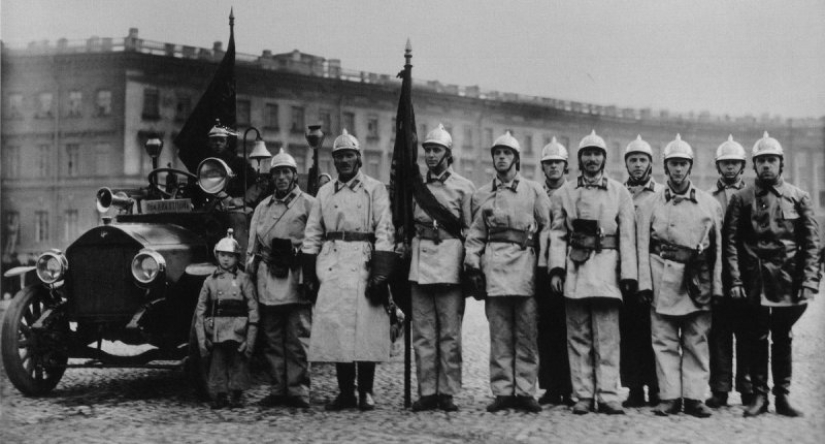
Until the end of the 19th century, the word “firefighter” did not mean a fire fighter, but, on the contrary, a fire victim, a fire victim. Calling a firefighter a “firefighter” meant transferring him from a rescuer to a victim of the fiery element. In Russia, firemen were called fire victims, that is, people who suffered from fire.
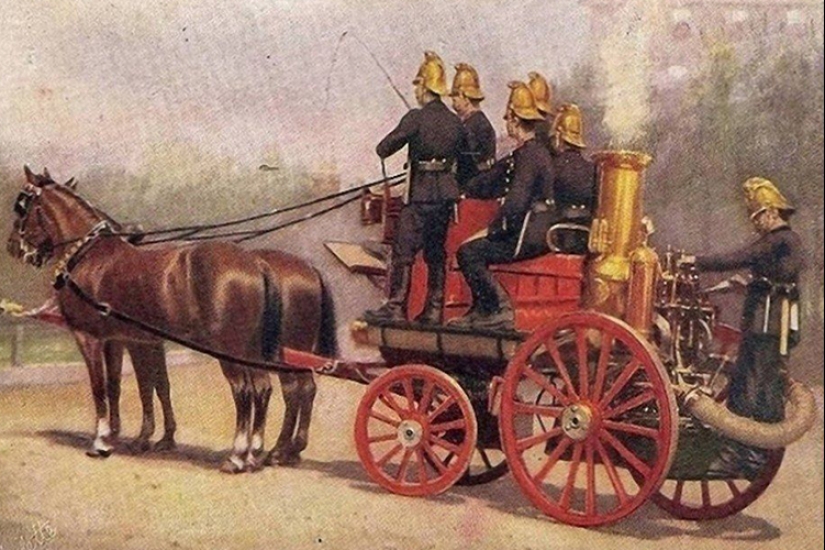
Journalist Vladimir Alekseevich Gilyarovsky wrote in the 19th century about the difference between “firefighter” and “firefighter”. In Moscow, a firefighter was a name given to a fire victim or a person who pretended to be one in order to arouse pity among others. The author relies on the dictionary of Vladimir Ivanovich Dahl. The great linguist does not know the word “firefighter”, but in his works there is “firefighter”. This is a person who is related not to the fire, but to the conflagration, that is, to the result of the disaster. But Dahl calls “firefighters” people who devote their lives to fighting fire.
Gilyarovsky writes that in Moscow in the 19th century, “firefighters” most often called false fire victims. These are scammers who pretended to be fire victims in order to gain pity from others. In this way they received alms from compassionate people. The police clearly understood the difference, and victims of the fire were called “fire victims,” and beggars were called “firemen.”
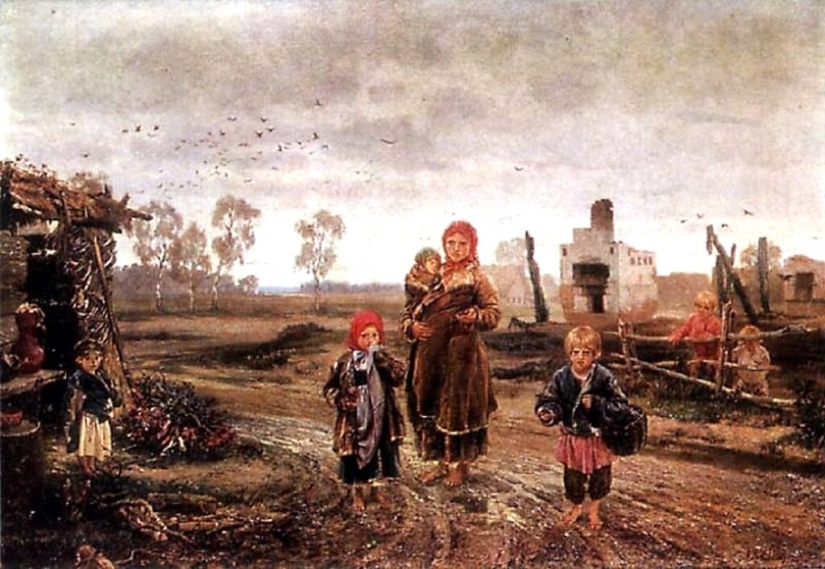
Vladimir Gilyarovsky wrote that firefighters were beggars who came to Moscow in winter. Often these were serfs accompanying their masters. While the master was resting at the expense of the funds received from the estate, his peasants were begging. Some of the money ended up in the pockets of beggars, and some went to the owner as rent.
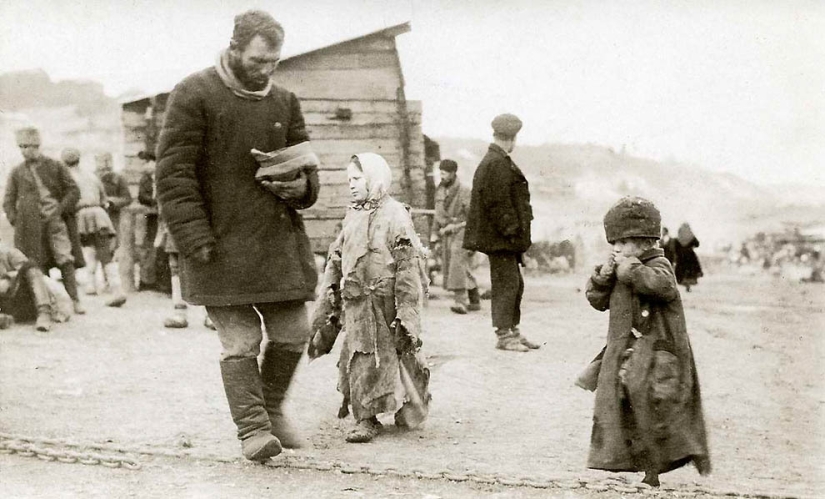
The firemen's business was on a grand scale. Fire victims, real and fake, arrived in the capital with entire families. Women and children traveled around Moscow in sleighs, collecting alms in money and things. They presented certificates with official seals, which stated that the submitters of the document were collecting donations for the benefit of the burned village.
The scammers rode around on special sleighs with burnt ends of the shafts. They claimed that the damaged sled was all they could salvage from the fire. Muscovites called the firefighters “burnt shafts,” but they still have basements. When a burnt sleigh stopped near the house, the children ran to their parents shouting “The firemen have arrived!”
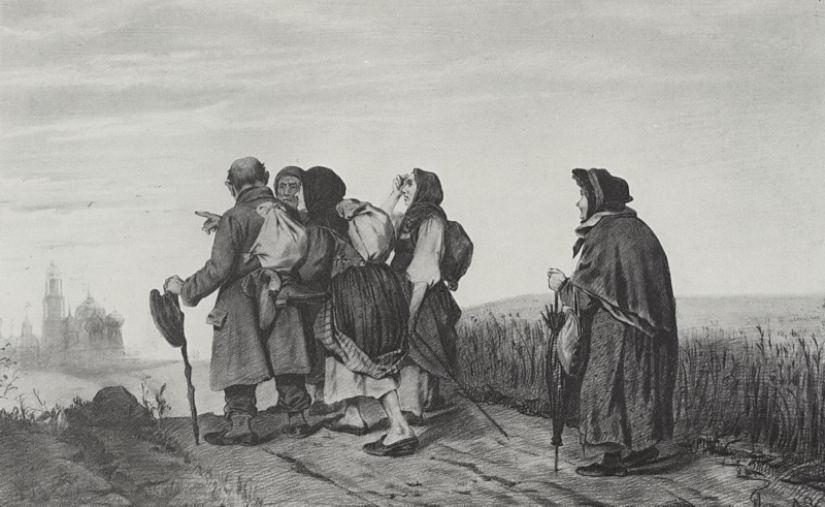
There were special districts in Russia - Vereisky and Bogorodsky, famous for their beggars. The first were popularly called "shuvaliks", and the second - "guslyaks". The Bogorodsk guslyaks were famous for their particularly serious approach to “business.” In winter, the villages of Bogorodsky district were full of empty huts with boarded-up windows. This meant that their owners and their whole family went to Moscow to beg.
Many landowners approved of this way of earning money for their peasants. It is known that Count Shuvalov, who owned many villages in the Vereisky district, himself sent his peasants to Moscow to gather in the “burnt places.” He had a serious benefit from this, because the “firemen” could pay high rent.

Sometimes the impudent beggars were detained by the police, and then they said, “We are Shuvaliks.” Of course, not all fire victims were scammers. Among the beggars there were also real victims of the fires. They presented real documents about their status, issued by volost officials. The police documents indicated the status of the beggars as “firemen,” that is, swindlers, and “fire victims,” that is, the real victims.
Recent articles

Portrait photographer from the Belarusian city of Vitebsk Maxim Baturin is a master of his craft. His professional photographs can ...

Whether you are a tourist or a professional photographer, in both cases Lapland is a truly magical place. There is not only a very ...

Every major city once had its own slums and seedy places. In Moscow, it was Khitrov Market, in St. Petersburg, Sennaya Square, in ...